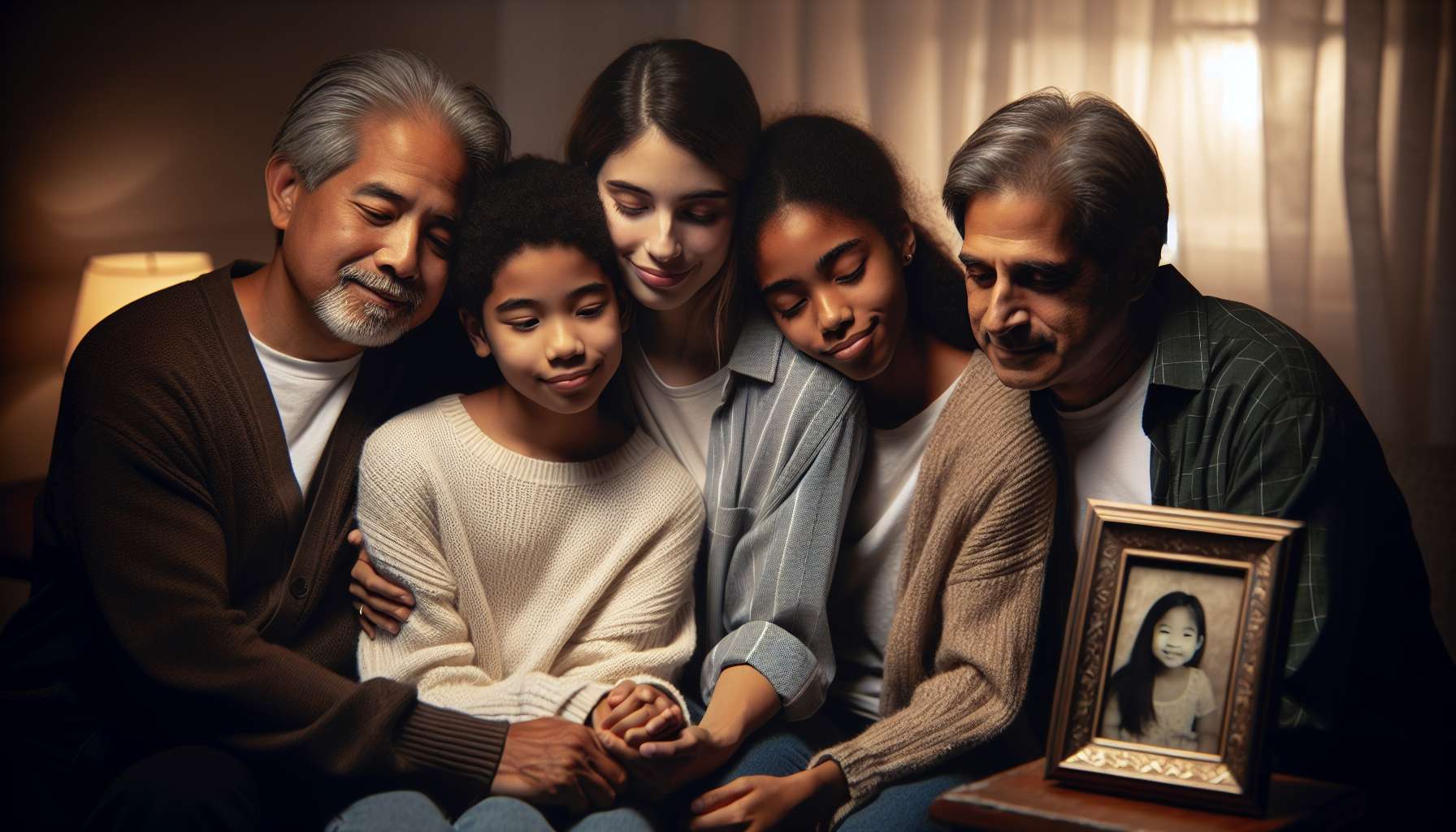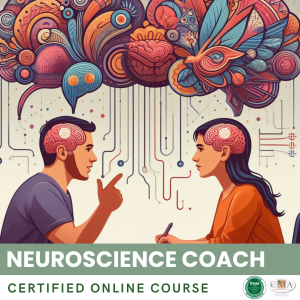The loss of a pet is an event that affects the entire family system, far beyond the individual relationship between the owner and his companion. Each family member had their own relationship with the animal, some closer, some more emotionally invested. The disappearance of this full-fledged member therefore disrupts relational balances and requires a reorganization of the family dynamic.
One of the peculiarities of grieving a pet in a family is the diversity of reactions and needs of each individual. While some openly express their sadness, others need time to realize the loss or prefer to keep their emotions to themselves. Children, in particular, often have a very different way of dealing with grief, rapidly alternating between periods of intense sorrow and moments of play or carelessness. These differences in experience can lead to misunderstandings, and even tensions within the family if they are not accepted with kindness.
It is common that the loss of the pet reveals or exacerbates pre-existing family conflicts. Disagreements over the decision for euthanasia, mutual blame for the care of the animal during its illness, rivalries in expressing grief are all potential sources of disputes. In these moments, it is essential to remember that each person grieves in their own way and that there is no “right” or “wrong” way to react. Showing empathy and mutual respect, even when emotions are high, is key to getting through this ordeal without tearing apart.
For children, the loss of an animal is often the first contact with death and grief. It is a significant event which raises many existential questions and can bring about fears of abandonment. Contrary to commonly held beliefs, children need to experience this grief, to be included in farewell rituals, and to have honest answers to their questions. Telling them that the animal “is gone” or “has gone to sleep forever” only feeds their confusion and anxiety. It’s better to use simple and concrete words, age-appropriate, to explain death and the cycle of life.
Parents have an essential role to help the child navigate through their grief. By being attentive to their emotions, by reassuring them that sadness is normal and temporary, by sharing their own memories of the pet, they help the child to integrate this loss into their personal history. Proposing creative activities around the memory of the pet (drawings, photo albums, letters) is also a great way to support them in expressing their sorrow.
For the elderly, often very attached to their pets, this loss can be experienced as a heartbreaking event. The pet was sometimes the last witness to a shared life with a departed spouse, the faithful companion of their twilight years. Its absence rekindles earlier losses and confronts them with loneliness and their own mortality. Deprived of the calming presence of the pet, some elderly people may slip into depression or social withdrawal.
It is therefore crucial that the family is vigilant and present during these moments, even if the elderly person appears to want to isolate themselves. Regular visits, encouraging them to verbalize their memories with the pet, suggesting new activities are all ways to help them overcome their grief. If they wish, they could be accompanied in choosing a new pet, provided that it is not seen as betrayal or replacing the lost one.
Beyond managing everyone’s emotions, the loss of the pet also implies a concrete reorganization of the family’s everyday life. The tasks and rituals that structured life with the pet (walks, games, care) need to be reorganized, which can lead to a great emptiness and a feeling of disorientation. Certain places in the house, such as the basket or food bowls, become painful reminders of the absence. It’s necessary to find a new balance, new markers, while preserving space for the memory of the pet.
In this new organization, each family member needs to find their place and feel that their relationship with the pet is acknowledged. Sharing anecdotes and photos, planning a common farewell ritual, are valuable ways to reinforce family cohesion around their shared loss. By putting words on what the pet brought to each individual and the group, together, they can pay tribute and learn to live with its absence.
Accompanying a family in grief from the loss of their pet requires great finesse and a holistic view of the familial dynamic. Beyond individual support and active listening, the goal is to help the family find a balance, respecting everyone’s path. A complex challenge, but crucial for this ordeal to become an opportunity to strengthen bonds and grow together. Because, while painful, this shared experience of grief is also full of meaning and new relational possibilities for those who know how to approach it with kindness.
Takeaways:
– The loss of a pet affects the entire family system and requires a reorganization of relational dynamics.
– Each family member experiences grief differently, which can lead to misunderstandings and tensions if the differences are not met with kindness.
– The loss of the pet can reveal or exacerbate pre-existing family conflicts. Empathy and mutual respect are essential to get through this ordeal without tearing apart.
– For children, it’s important to include them in the grieving process, to answer their questions honestly and to help them express their emotions.
– For the elderly, the loss of the pet can rekindle old grief and confront them with loneliness. The family needs to be vigilant and present to support them.
– The disappearance of the pet implies a concrete reorganization of the family’s everyday life. Each member needs to find their place in this new balance.
– Sharing family memories and paying tribute to the pet helps to strengthen family cohesion around this shared loss.
– Accompanying a family in their grief for a pet requires taking into account the global relational dynamic, to help the family find a balance while respecting everyone’s individual journey.
👉 To download docx (Editable) file click here : Click here
👉 To download PDF file click here : Click here
👉 To download MP3 file click here : Click here







